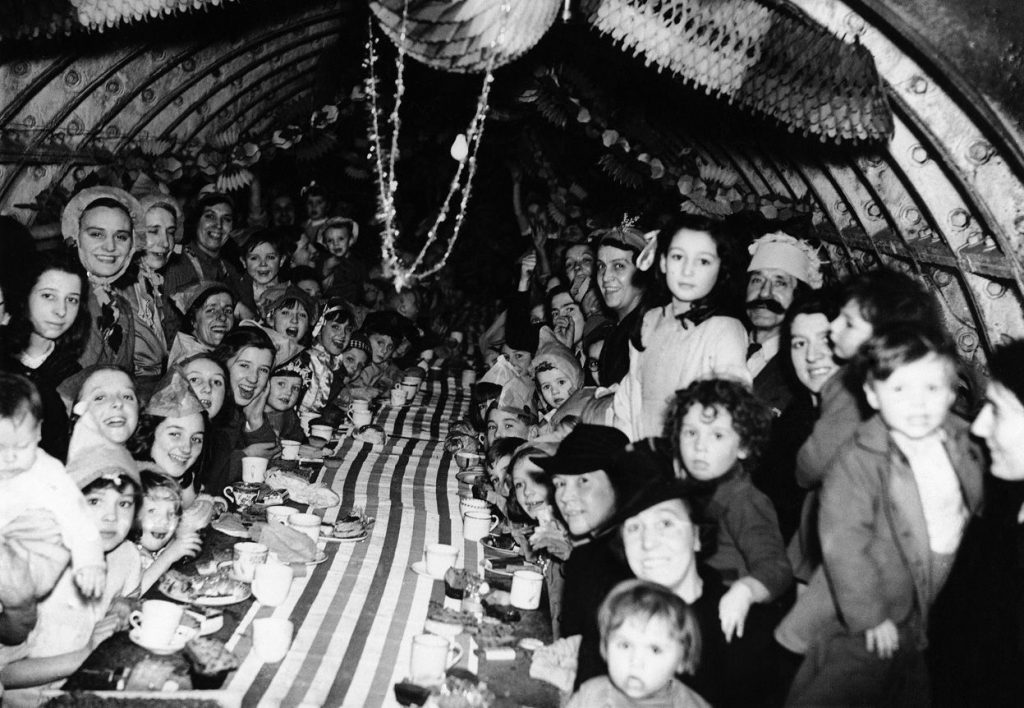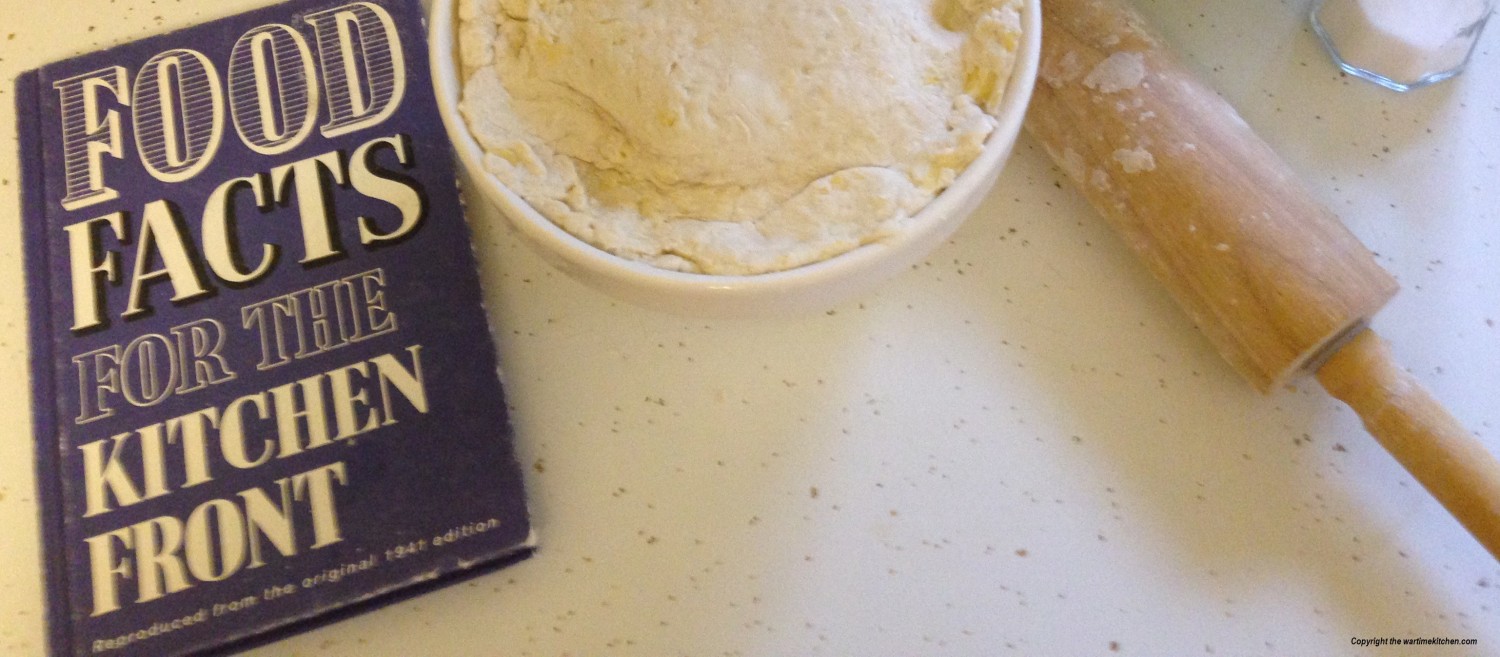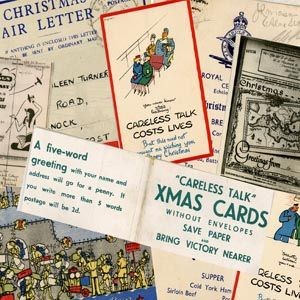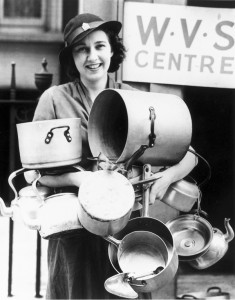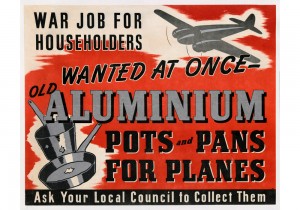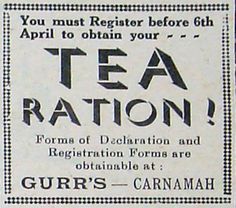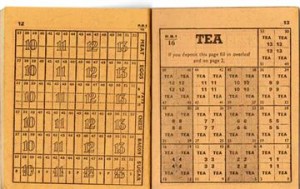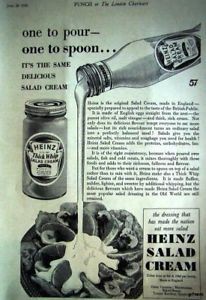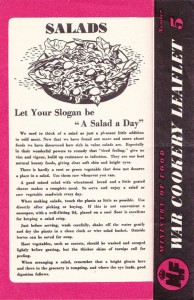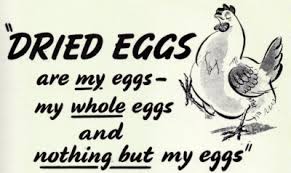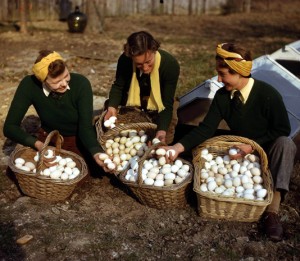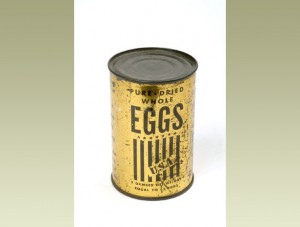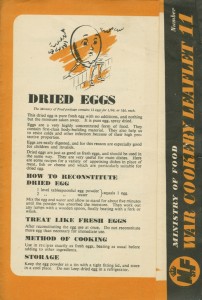As the war raged on, Christmas in 1940 Britain took place in the middle of the Blitz. Between September and November 1940, the German Luftwaffe was relentless in their bombing of London; the city had been bombed for 57 consecutive nights. The bombing raids showed no signs of relief as Christmas Day 1940 approached, so most Britons spent Christmas Eve in an air-raid shelter, either in their backyard Anderson shelter, under the Morrison table shelter in the dining room, or in the Underground.
By the end of 1940, 24,000 civilians had been killed in the Blitz and hundreds of thousands were now homeless. In November, German bombers had also obliterated Coventry and there had been destructive air raids on Manchester and Liverpool in the days leading up to the Christmas holidays. Not only was the British public mourning the loss of loved ones on the home front and in combat, but they were also praying for the 41,000 British soldiers captured on the European continent.
In order to avoid the German bombs being dropped on their cities, British families stayed positive even though it was necessary to seek safety in air-raid shelters, Underground stations, and other places of refuge. To enliven their Christmas spirit, folks decked out their temporary homes with makeshift holiday decorations. Smaller Christmas trees were in demand because of the lower height of the shelters.

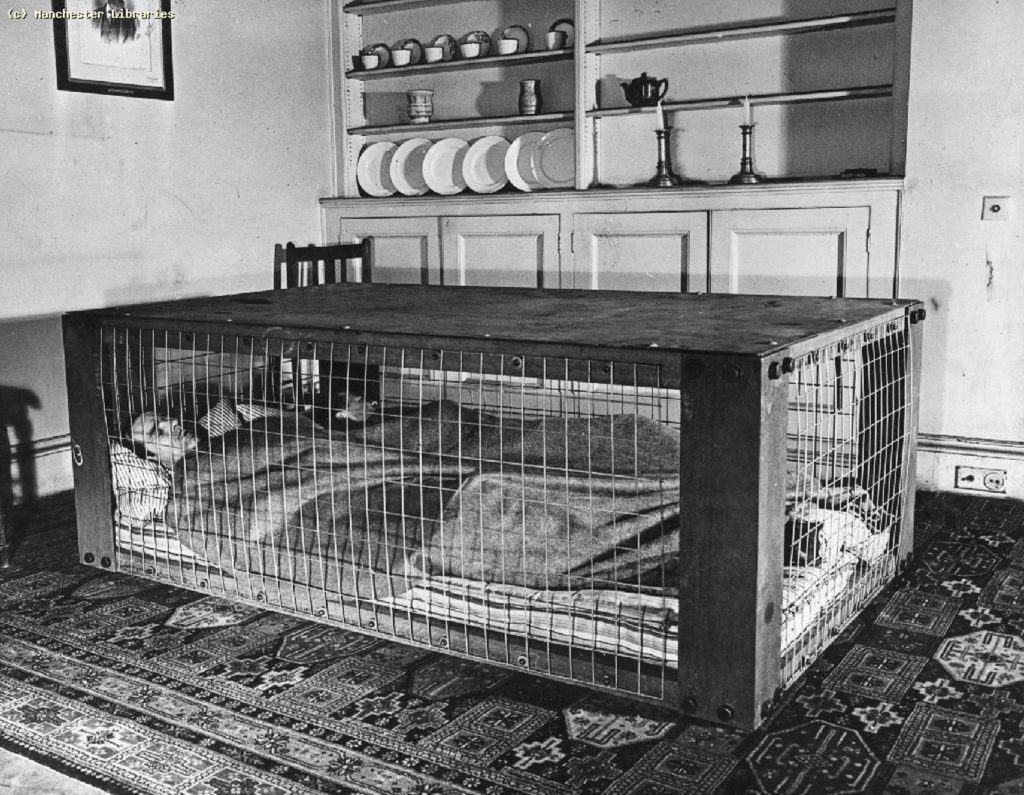
For many families, the most difficult part of a wartime Christmas would be spending the season apart from their loved ones. Most men were fighting abroad in the armed forces and some were being held as prisoners of war. Mothers, wives, and daughters might also be away in the services or carrying out important war work. Many children spent Christmas away from home as evacuees in the safety of the country, mostly with strangers that agreed to take them in for the duration. Christmas 1940 was far different than the “phony war” of winter 1939.
